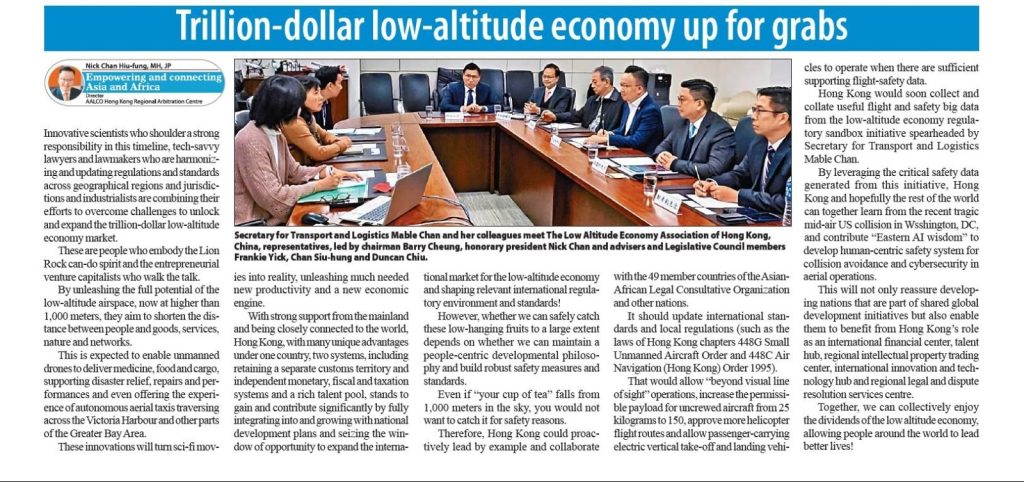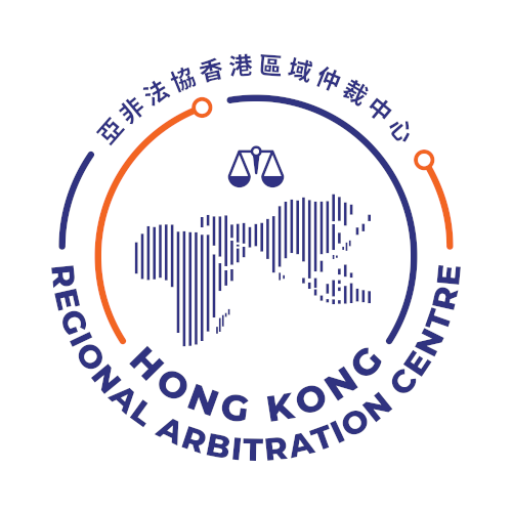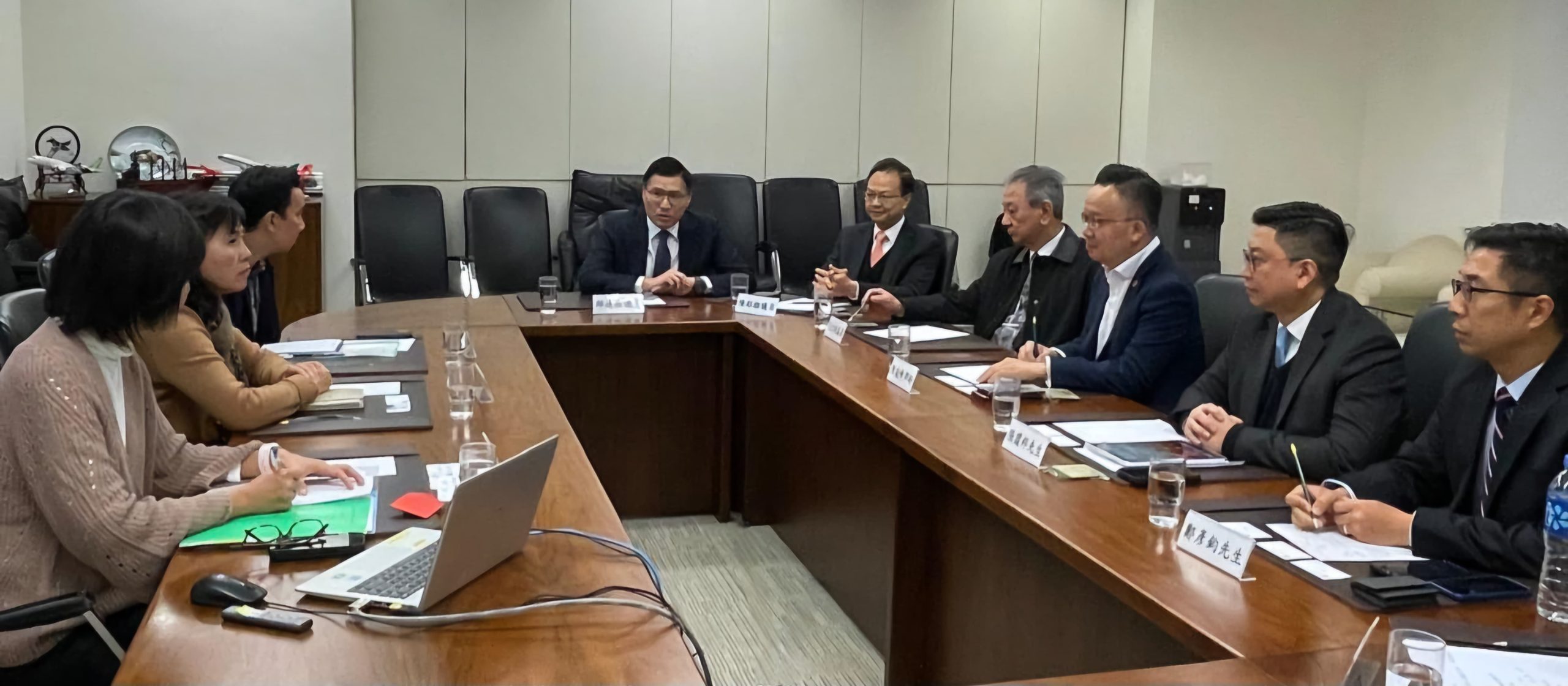- admin
- February 14, 2025
The global market is actively developing the low-altitude economy, which utilizes airspace below 1,000 meters for emerging industries such as drone logistics, aerial taxis, disaster relief, and maintenance. This market is expected to reach trillions of dollars, presenting significant opportunities for technology, law, industry, and capital investment.
With its “One Country, Two Systems” advantage and status as an international financial and technology hub, Hong Kong is well-positioned to play a key role in expanding the international market for the low-altitude economy and shaping relevant regulations and standards. However, safety remains a top priority. Key regulatory updates include allowing beyond visual line of sight (BVLOS) operations, increasing drone payload limits, and permitting passenger-carrying electric vertical take-off and landing (eVTOL) vehicles.
To ensure safe development, Hong Kong can leverage the “Low-Altitude Economy Regulatory Sandbox” to collect critical flight and safety data. By learning from international experiences—such as the recent U.S. airport collision tragedy — the city can lead advancements in collision avoidance and cybersecurity for aerial operations. Through these efforts, Hong Kong can not only drive its own economic growth but also **enable developing nations to participate in and benefit from the low-altitude economy, ultimately enhancing global quality of life.
Trillion-dollar low-altitude economy up for grabs | The Standard


